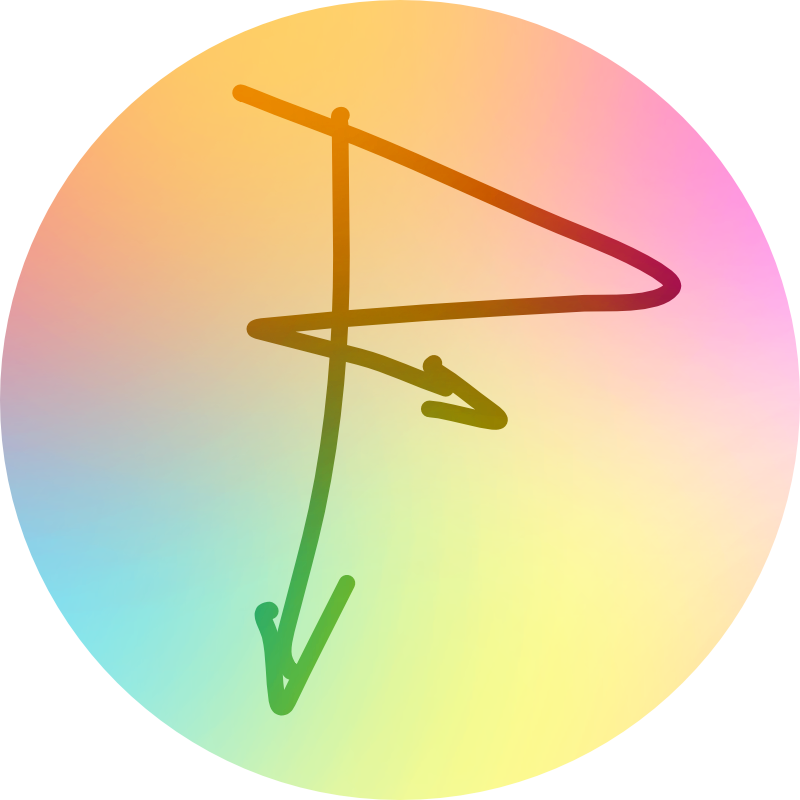Cinematography Breakdown Vol. 3
This was perhaps the most difficult location I’ve had to shoot in so far as a cinematographer, yet one of the most rewarding. Here’s how I lit, shot, and colored it with the Sony FX3 and had to compromise on certain things to make it work…
My usual lighting kit can handle most situations I encounter on micro-budget narrative films. But this location threw a curveball: a giant yoga/dance studio with mirrored walls – almost everywhere! To make matters trickier, the director absolutely didn't want any shots showing the gear storage wall.
This limited my camera angles dramatically. Essentially, I had a corner and a sliver of the room to work with. Sunlight streamed in through massive windows. My goal? Achieve a natural look with just two lights, seamlessly blending the sunlight with the artificial lighting. All while making sure the crew wasn't visible in any reflections. Easier said than done!
The diagram below shows the setup used…
This scene, a montage, showcased the emotional journey of an aspiring model, working with her coach to find her confidence. The actors weaved between their starting position and the third window from the right, each take flowing for a sustained three to four minutes, allowing the viewers to witness the work unfold.
To capture the struggle and work of the coaching session, I opted for a handheld camera for most of the scene. We also punctuated the sequence with a wide shot from a ladder position, offering viewers a broader perspective on the dance studio – to contrast against the initial confined movements.
Shooting from a ladder*
The director and I were on the same page about using a handheld camera and slowly introducing a sense of warmth into the film to contrast the opening scene, which was cold and uninviting. But achieving depth through shadows without creating a gloomy mood for this scene presented a challenge.
My solution involved a two-pronged approach. First, I used the warm key light to create a base layer of depth. Then, in post-production color grading, I slightly pushed the warm tones further. The key was to introduce complementary teal tones without letting them bleed heavily into the shadows, which would've resulted in an over-processed look that would’ve negatively affected skin tones.
The director also envisioned a couple of shots directly facing the actors, but the mirrored walls and limited space forced us to compromise.
The angle we couldn’t get*
Micro-budget filmmaking is a masterclass in resourcefulness. It pushes you to be creative with not just your gear, but also your approach to style and storytelling. While staying true to the director's vision is key, sometimes the best results come from adapting and finding clever ways to overcome limitations.
See a brief clip of the scene below…
Camera Settings and Lens specs:
Sony FX3
File Format: XAVCS-I DCI 4K | 24FPS
1.85 Aspect ratio at 3996 x 2160
Record Setting: 240M 422 10bit
Cine EI Base ISO | 800EI
White Balance: 5400K
Colored via DaVinci Resolve
35mm Rokinon Cine lens with ND
*Behind-the-scenes photos shown above by X.I.V. Media



